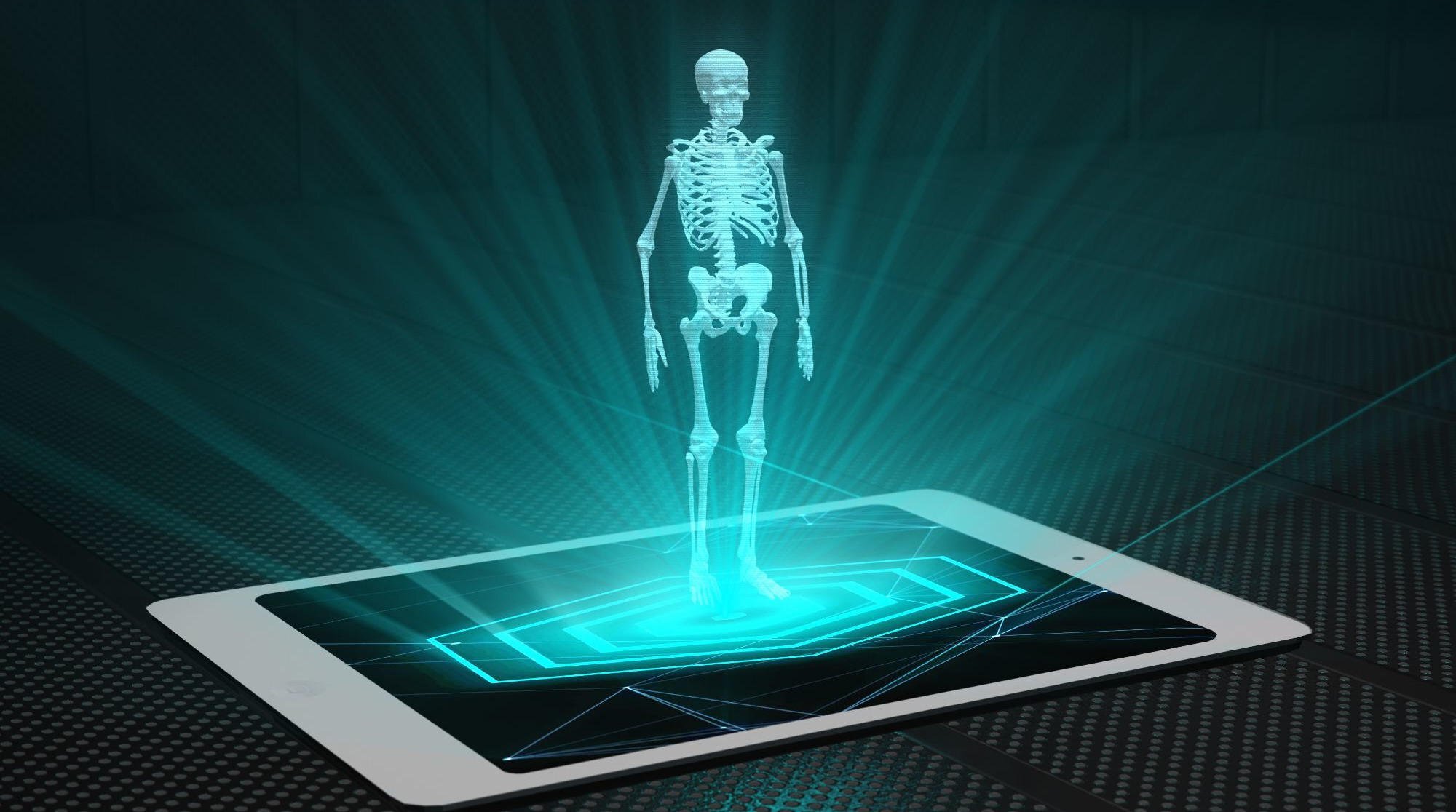
Holography is a fascinating technology that creates three-dimensional images by recording light patterns. Invented by Dennis Gabor in 1947, it has evolved significantly. But what exactly makes holography so special? Holograms are not just cool sci-fi effects; they have practical applications in various fields. From security features on credit cards to advanced medical imaging, holography is everywhere. Ever wondered how those mesmerizing 3D images work? They rely on interference and diffraction of light waves. This post will dive into 25 intriguing facts about holography, shedding light on its history, technology, and real-world uses. Get ready to see the world in a whole new dimension!
What is Holography?
Holography is a fascinating technique that captures light to create three-dimensional images. Unlike traditional photography, it records the light field, not just the intensity of light. This results in images that appear lifelike and can be viewed from different angles.
- Holography was invented by Hungarian-British physicist Dennis Gabor in 1947.
- The term "holography" comes from the Greek words "holos" (whole) and "grapho" (write).
- Holograms are created using laser light, which is coherent and monochromatic.
- The first practical holograms were made in the 1960s after the invention of the laser.
- Holography can be used to store vast amounts of data in a small space.
How Holograms Work
Understanding how holograms work can be quite intriguing. They rely on the interference of light waves to record and reconstruct the light field of an object.
- A hologram is made by splitting a laser beam into two parts: the object beam and the reference beam.
- The object beam illuminates the subject, while the reference beam is directed onto a recording medium.
- When the two beams intersect, they create an interference pattern that is recorded on the medium.
- To view the hologram, the reference beam is shone onto the recorded pattern, reconstructing the light field.
- Holograms can be viewed without special glasses, unlike 3D movies.
Types of Holograms
There are various types of holograms, each with unique properties and applications. Some are used for security, while others are for artistic or scientific purposes.
- Transmission holograms are viewed with light passing through them.
- Reflection holograms are viewed with light reflecting off them.
- Rainbow holograms are used on credit cards and IDs for security.
- Digital holograms are created using computer-generated images.
- Embossed holograms are mass-produced and often used for packaging and security.
Applications of Holography
Holography has a wide range of applications, from data storage to medical imaging. Its ability to create detailed, three-dimensional images makes it valuable in many fields.
- Holography is used in data storage to store large amounts of information in a compact form.
- In medical imaging, holography helps create detailed images of organs and tissues.
- Art and entertainment use holography for creating stunning visual effects.
- Security features on credit cards and IDs often use holograms to prevent counterfeiting.
- Microscopy uses holography to create high-resolution images of microscopic objects.
Future of Holography
The future of holography looks promising with advancements in technology. Researchers are continually finding new ways to improve and utilize holographic techniques.
- Holographic displays are being developed for use in smartphones and other devices.
- Virtual reality and augmented reality could benefit from holographic technology for more immersive experiences.
- Holographic data storage could revolutionize how we store and access information.
- Medical diagnostics may see improvements with more detailed and accurate holographic imaging.
- Communication could be transformed with holographic video calls, making remote interactions more lifelike.
The Magic of Holography
Holography isn't just a sci-fi fantasy. It's a real, fascinating technology that's changing how we see the world. From medical imaging to art installations, holograms are everywhere. They offer 3D views that traditional photos can't match. Laser technology plays a big role in creating these stunning images. Even though it sounds complicated, the basics are pretty simple: light, interference, and recording.
Holograms aren't just for experts. Kids and adults alike can enjoy making simple ones at home. With just a few tools, you can create your own mini holograms. As technology advances, we'll see even more uses for holography. Imagine virtual classrooms or interactive museum exhibits. The possibilities are endless. So next time you see a hologram, remember the science and creativity behind it. Holography truly brings a bit of magic into our everyday lives.
Was this page helpful?
Our commitment to delivering trustworthy and engaging content is at the heart of what we do. Each fact on our site is contributed by real users like you, bringing a wealth of diverse insights and information. To ensure the highest standards of accuracy and reliability, our dedicated editors meticulously review each submission. This process guarantees that the facts we share are not only fascinating but also credible. Trust in our commitment to quality and authenticity as you explore and learn with us.


